Antipolis is an interactive landscape installation
that enables the citizens and visitors of a town to have access to historical and cultural information as well as to participate more actively and directly in the public affairs of the city they live in through their online contributions.[Project ideated for the Municipality of Volos, Greece. Implemented in 2015]
︎work: Antipolis. Interactive Landscapes
︎home
︎read more

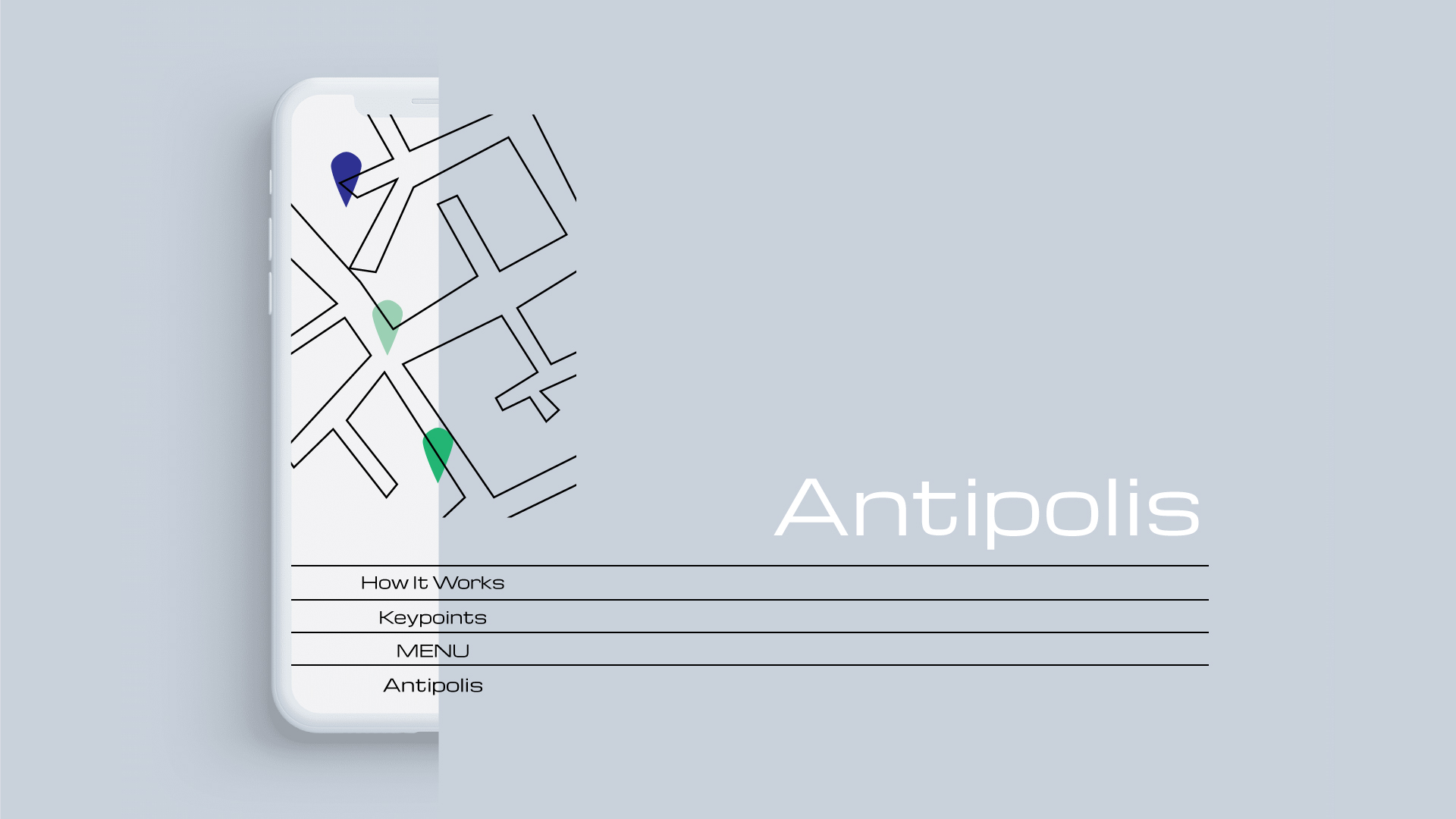

‘The poetics of wonder,
of ingenuity, of the metaphor,
tend to establish this inventive
task of the contemporary
human, who sees in the work
not an object or a space of
obvious relationships to enjoy as
beautiful, but a mystery to
investigate, a task to be
pursued, a stimulus to the
vivacity of the imagination.’
(Umberto Eco, The Open Work, 1965)
In a playful hybrid version, the installation is part digital- situated on the web- and part physical, situated in 12 chosen key spots in the city that are of cultural, historical or touristic importance.
The connection between physical and digital happens through the implementation of QR codes within customed urban art installations. In this case, we decided to create mosaic stoned QR Codes, based on the local tradition of mosaic making craft, which is also a prominent feature of the city’s architecture.
The QR code allows light and instant use of information that comes to life beyond the art installations that are experienced at that same space, building a story that continues in a virtual platform and that can be in constant mutation.
The project was born as a brief set by the Municipality of Volos (Greece) for the students of DIIEK Volos School of Applied Arts, during my Graphic Design Foundation course. After winning the pitch, I was commissioned to develop the initial idea, lead the presentations to the Council and put together a team of students and Design staff that would supervise all further development in collaboration with the Council's technicians and the Head of the School.
4 key points have already been installed.
The connection between physical and digital happens through the implementation of QR codes within customed urban art installations. In this case, we decided to create mosaic stoned QR Codes, based on the local tradition of mosaic making craft, which is also a prominent feature of the city’s architecture.
The QR code allows light and instant use of information that comes to life beyond the art installations that are experienced at that same space, building a story that continues in a virtual platform and that can be in constant mutation.
The project was born as a brief set by the Municipality of Volos (Greece) for the students of DIIEK Volos School of Applied Arts, during my Graphic Design Foundation course. After winning the pitch, I was commissioned to develop the initial idea, lead the presentations to the Council and put together a team of students and Design staff that would supervise all further development in collaboration with the Council's technicians and the Head of the School.
4 key points have already been installed.







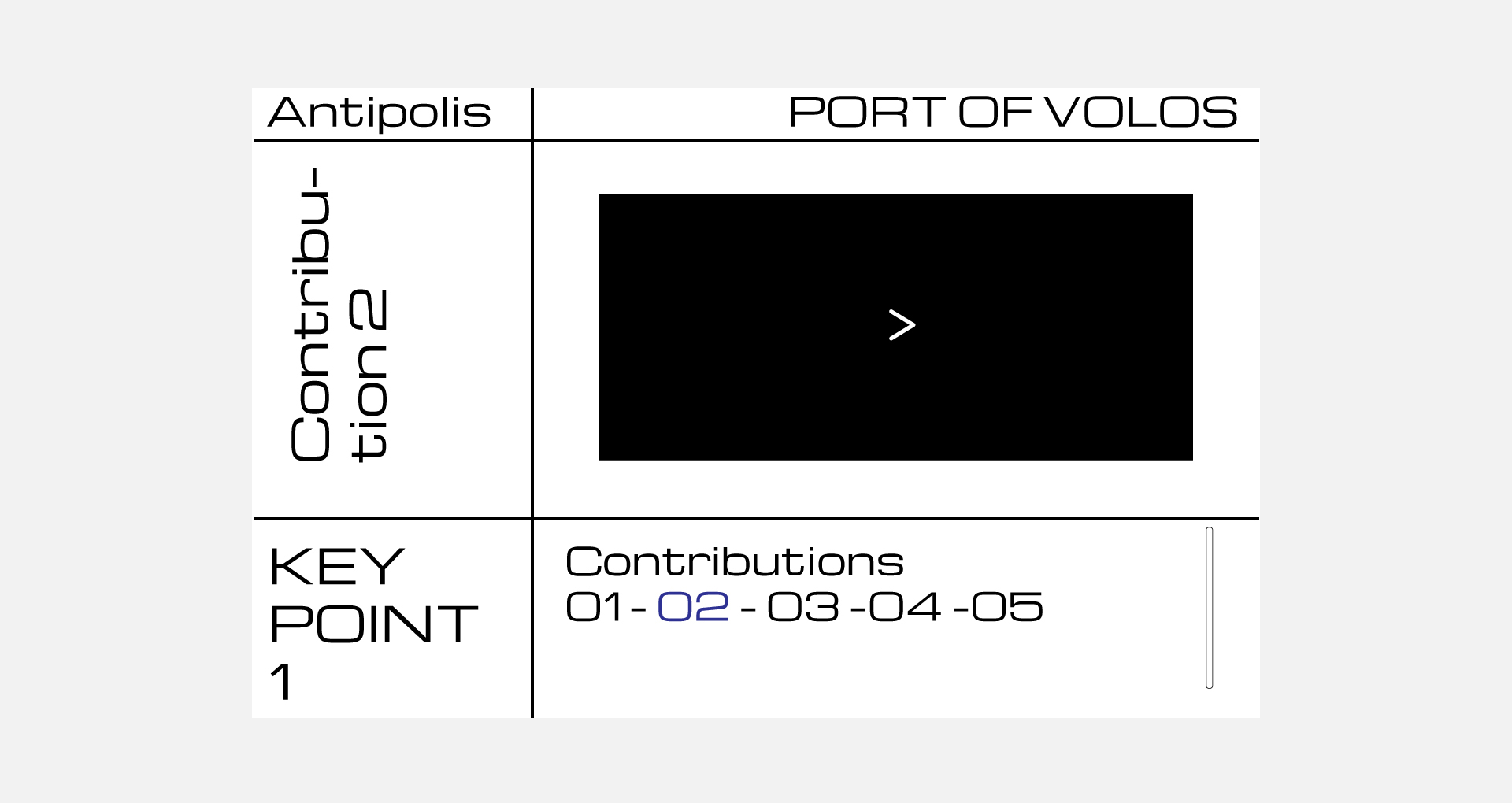
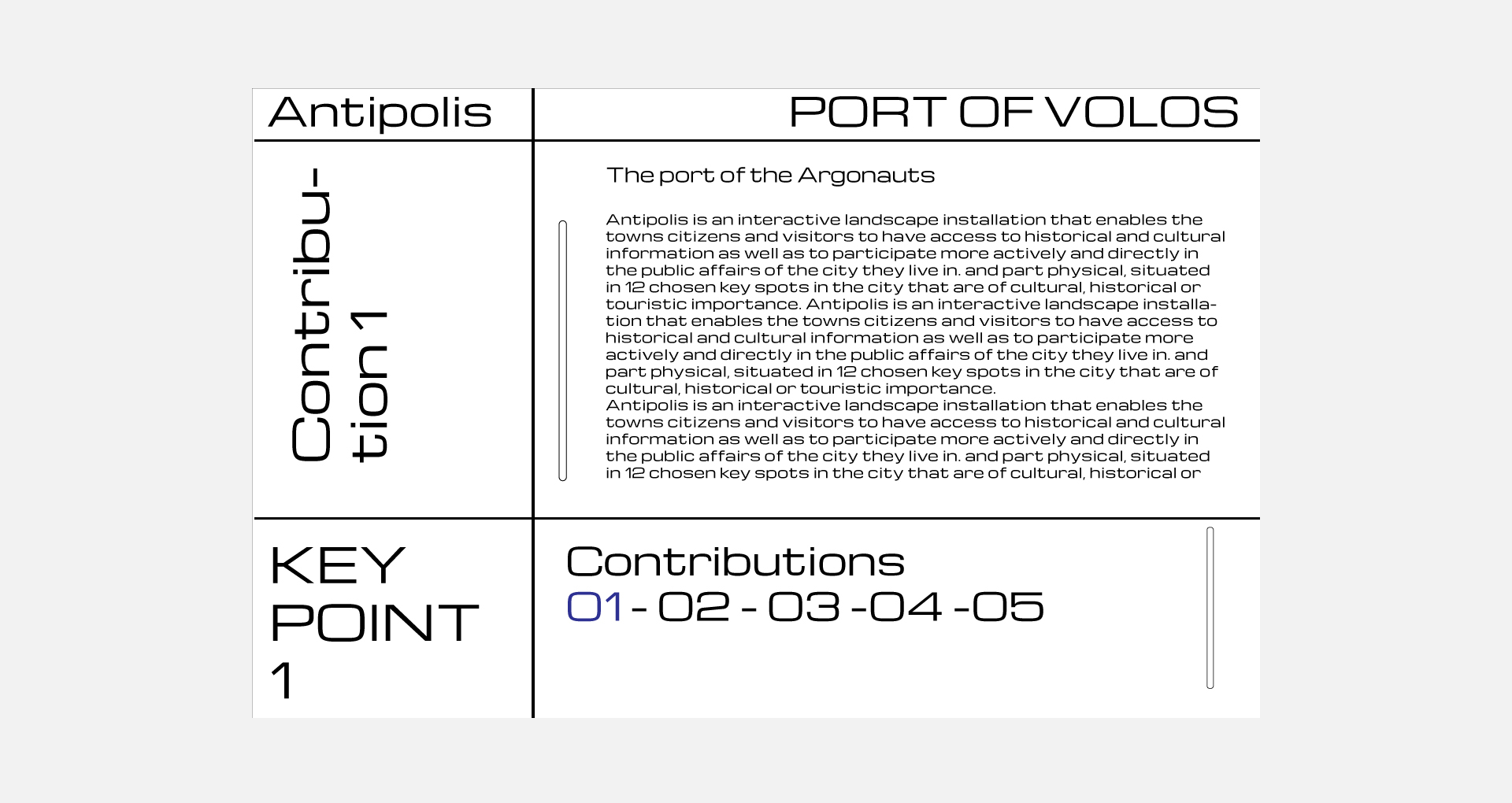
The project includes 4 stages: analysis, mapping, creative solution, implementation.
Analysis
Volos is the 4th biggest commercial and touristic port of Greece. The city is built around a historically and culturally important landscape that is not easily perceived in one’s short term visit. Younger generations, in particular, often lack understanding or interest in the city’s cultural heritage.
The Port of Volos has no accessible information or city maps. Once a tourist arrives by sea or land they struggle to get a sense of the surrounding environment.










Mapping
The project required the mapping of 12 key points in the city, that are of cultural importance and can also be part of a useful information network.
Creative Solution - The concept
The project stems from the need to re-acquire familiarity with public land, to reappropriate the fragments of one’s daily life, to feel one’s city as a place of belonging, sharing, relationship, and creation.
Through the advancement of technology and the almost uncontested subordination of our human relations to them, public spaces have become increasingly alien to us.
Art, which was born as a fundamental means of expression and communication, with time, has moved the problem of “seeing” to “living” the artistic project.
Today, we talk about the art of relation: art that becomes space, that comes out of the frame to get closer to life. Through the adaptation to technical and technological, art today can communicate to a wider and more informed audience.
Inspired by Umberto Eco’s concept of “The Open Work”, the project’s enhanced experience aims to use these new communication dynamics in its favor and build upon neglected spaces by inserting the lives of citizens of urban space in a network of growing interconnection, communication and awareness, through active participation.
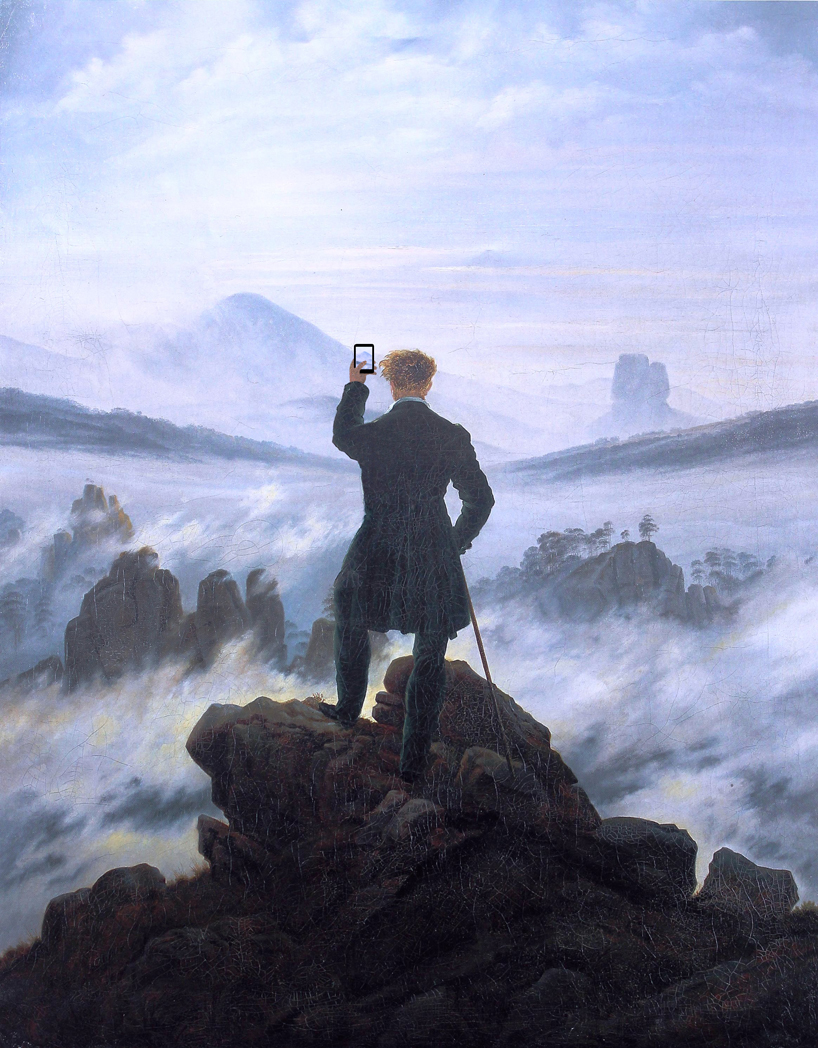 [Artwork by Kim Dong-Kyu]
[Artwork by Kim Dong-Kyu]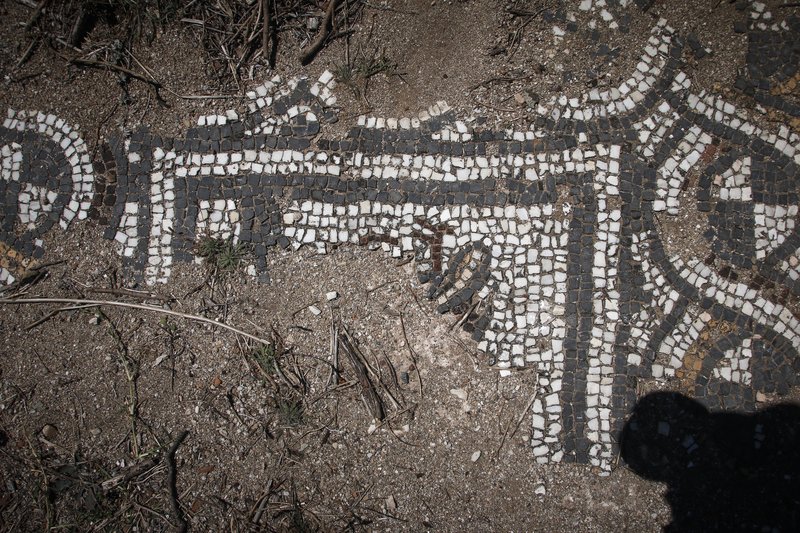


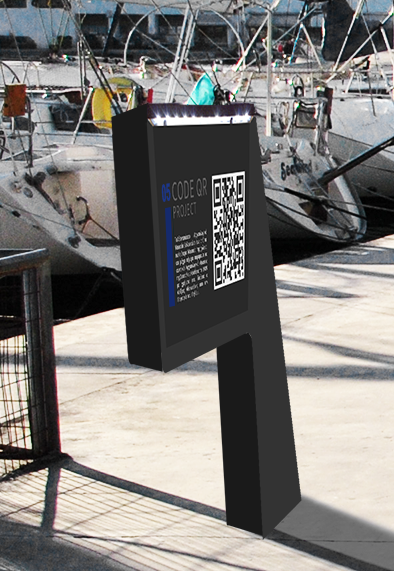
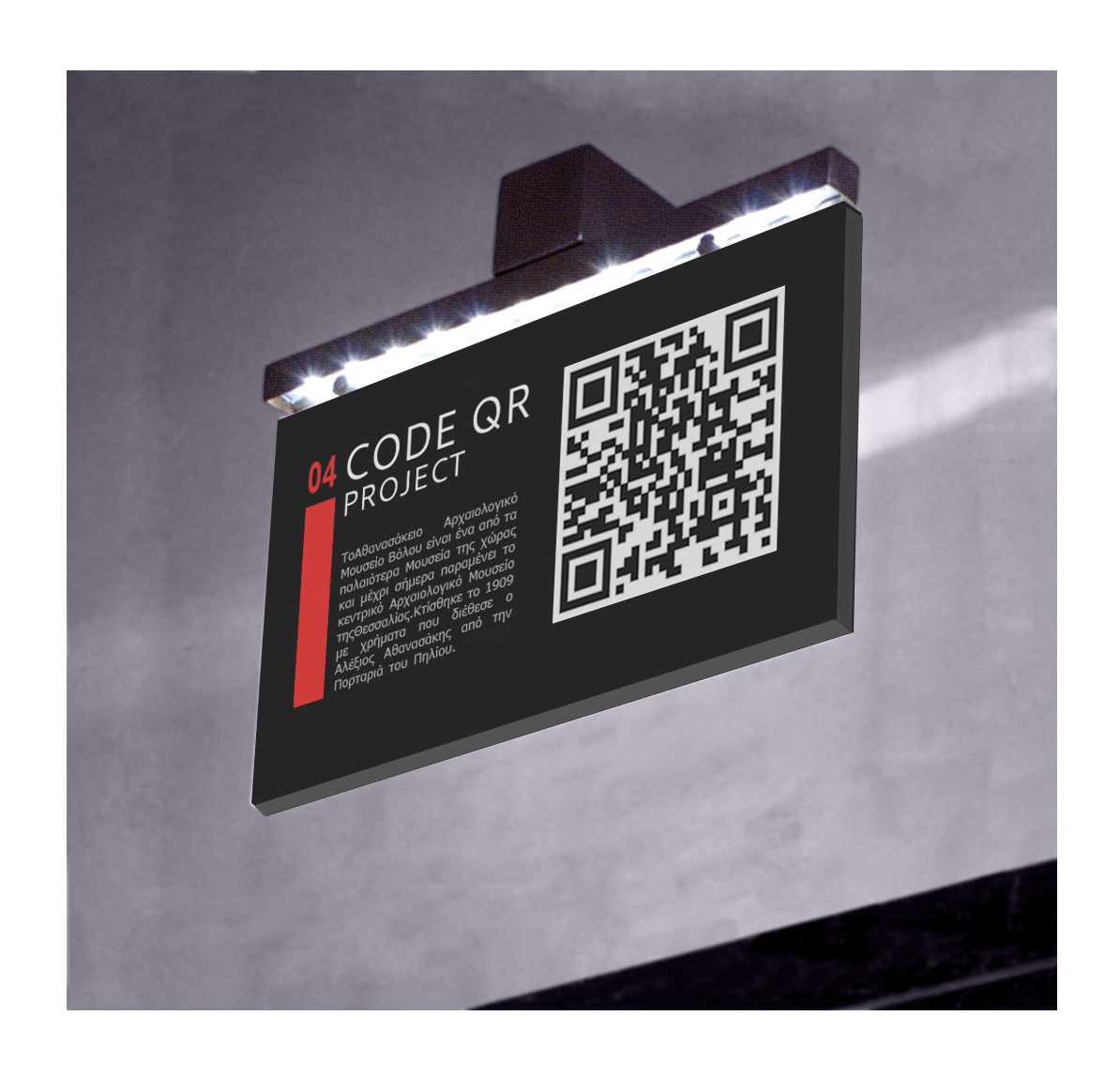
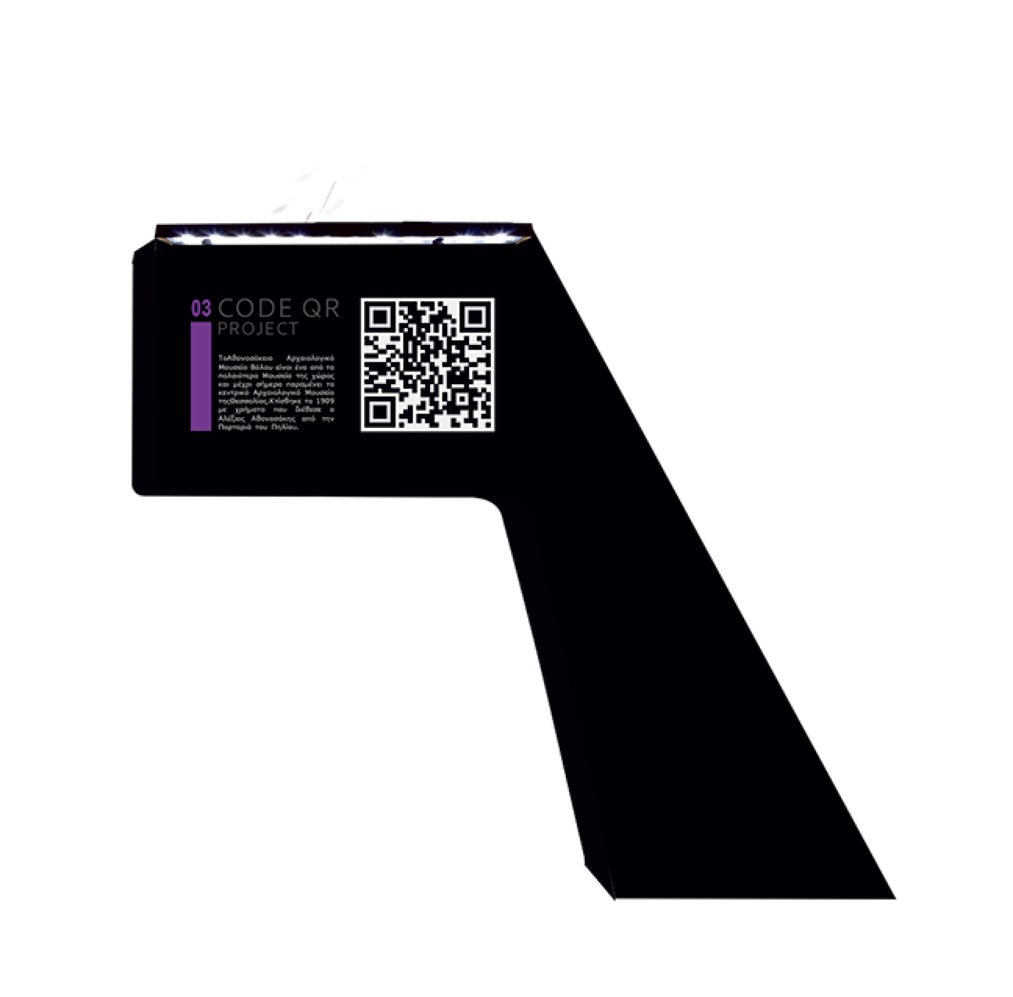
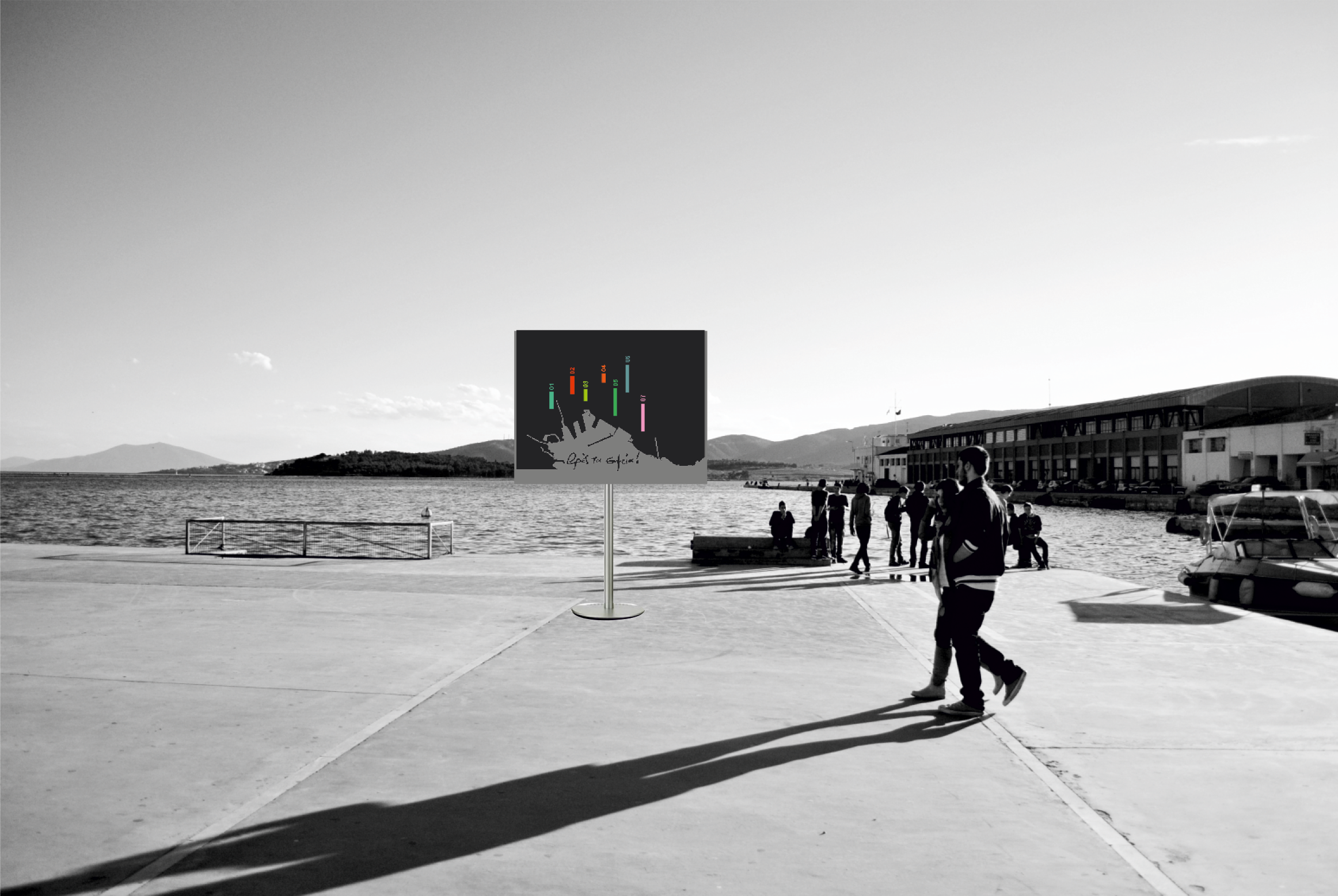

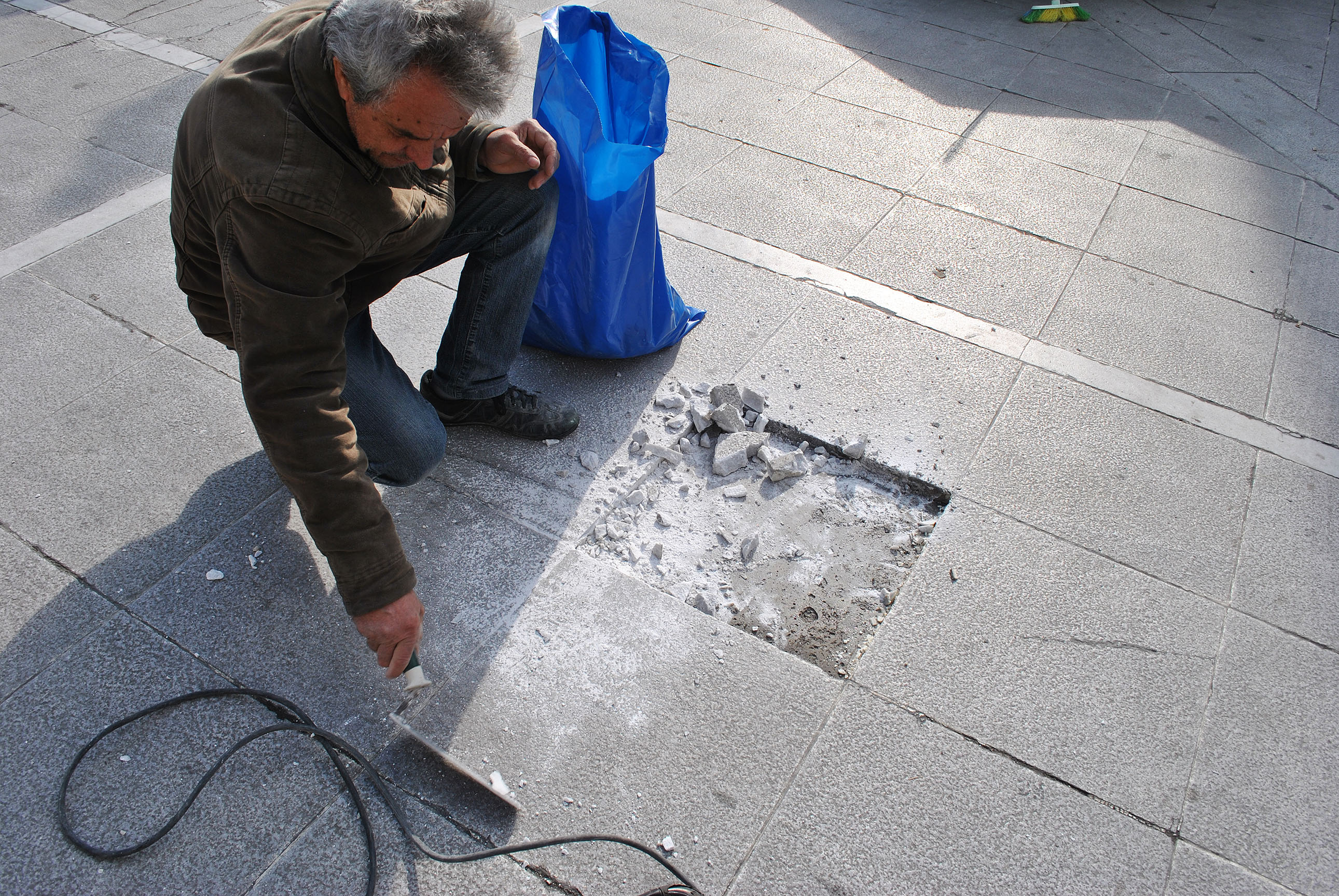
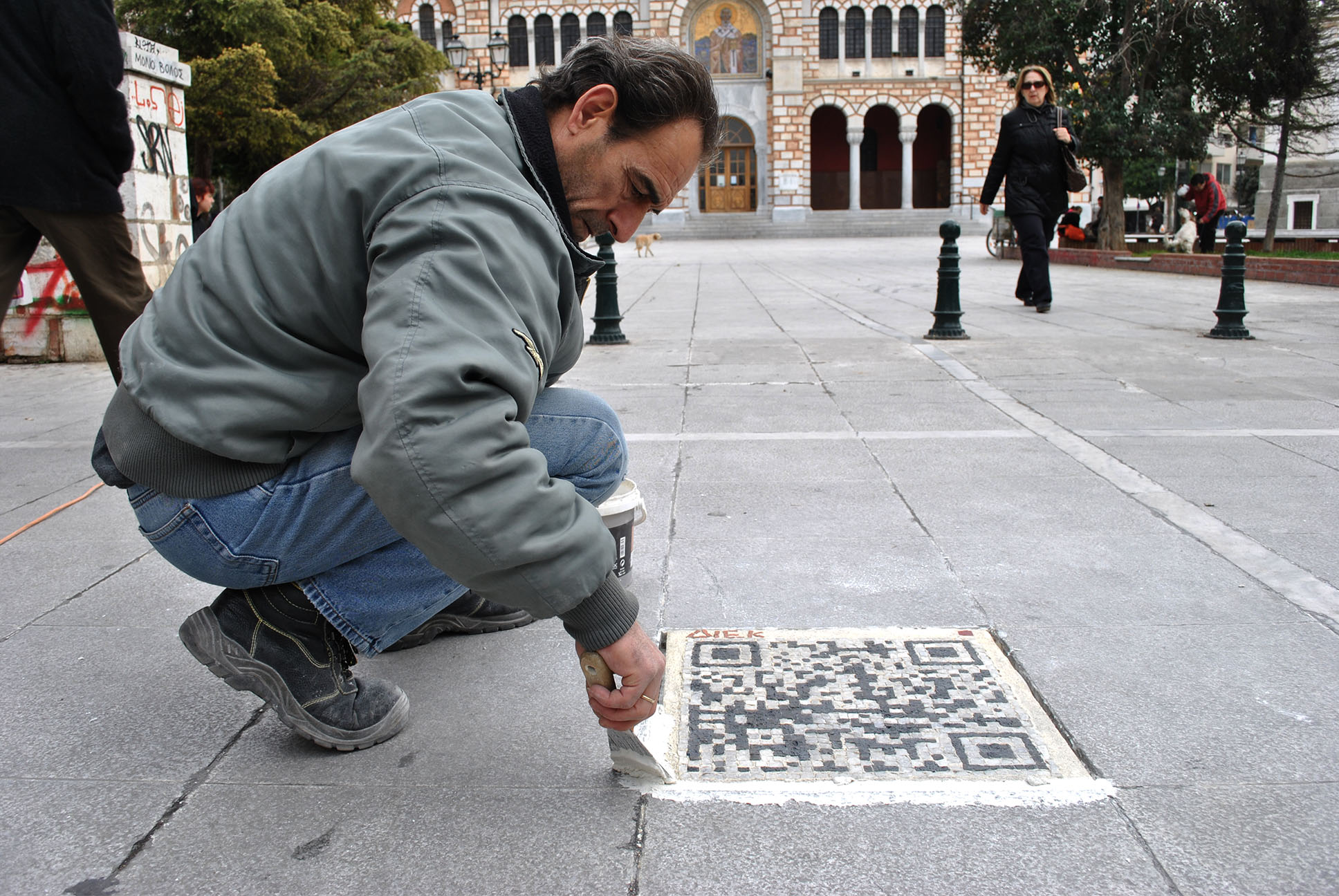



Implementation (physical)
To facilitate the project’s initial input and output, we decided to use the school’s traditional mosaics department to prototype and implement stone mosaics of QR codes and position them in 3-4 initial spots.
In contemporary with the physical installation, I designed a series of complementary information stands -in case the mosaics would fail to work under poor light conditions- and provide digital prototypes of the virtual platform of the project. The web reference would not only provide in situ- and specific to that urban spot- information, but also a wider platform of useful services and information about the city and the project as a whole.
Implementation (digital)
The digital part is the online interactive platform that allows the expansion of the project with additional information and an archive of all interactions/contributions.
It includes an interactive website and an app.
The following are initial guidelines for the design and structure of both platforms.
